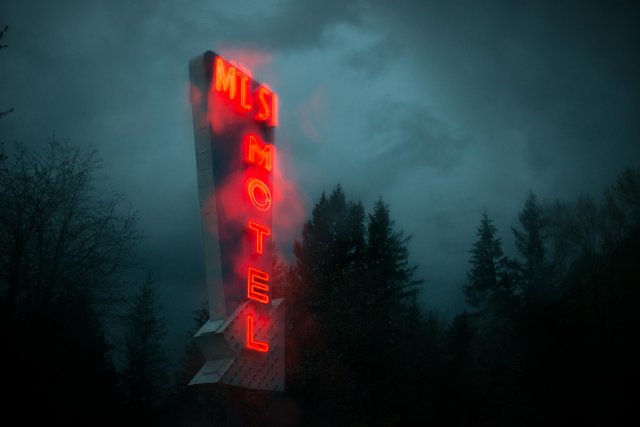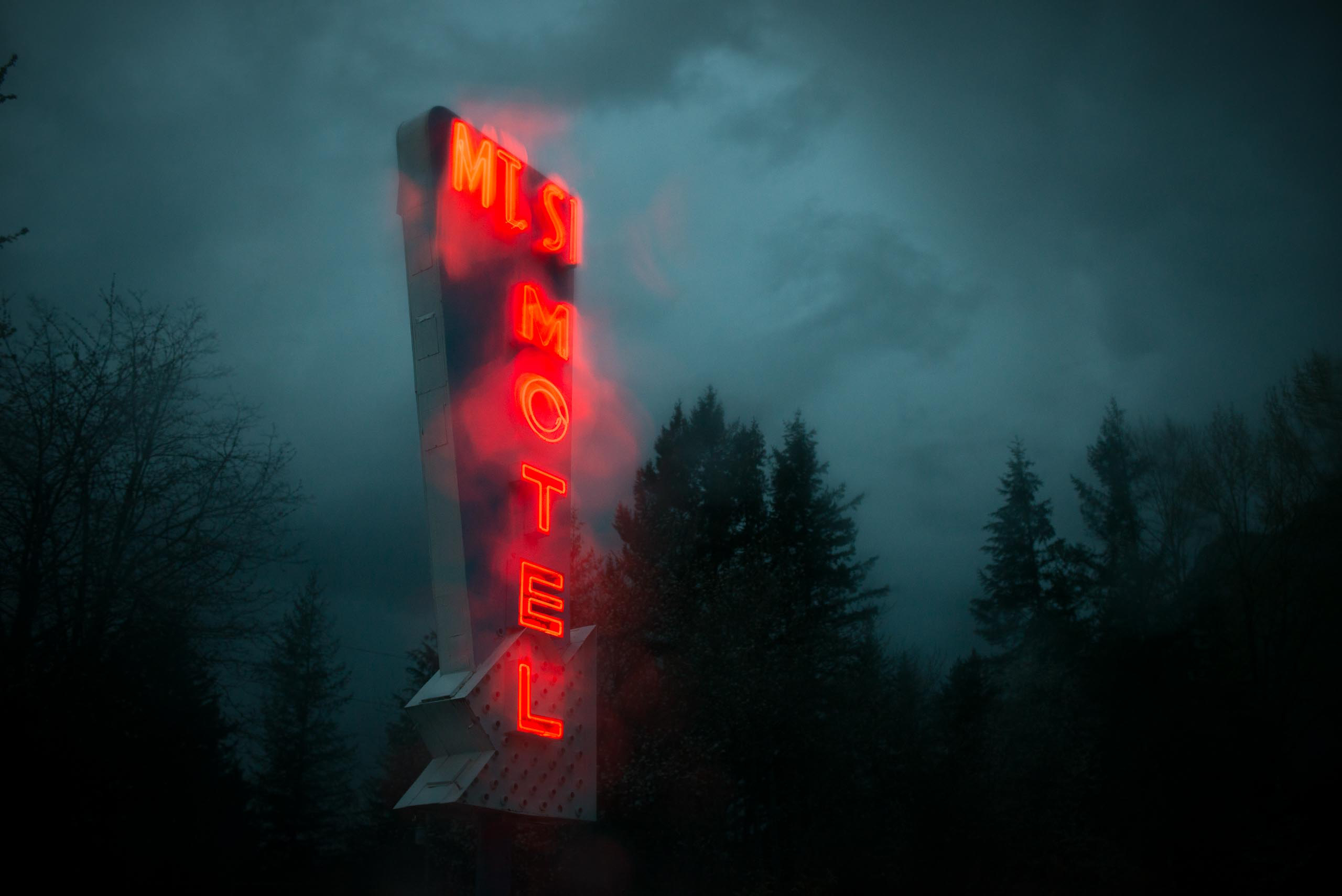Return to
Twin Peaks
TEXT and photographs BY todd hido
INTRODUCTION BY SAM LANSKY
When it debuted in the spring of 1990, nobody expected Twin Peaks—a murder mystery set in a spooky Pacific Northwest town—to rewrite the rules of television. But by transcending genre, blending comedy and melodrama, and making use of a surrealist style, Twin Peaks predicted the current prestige TV era: Its vision was singular and it was unique for its time.
Now, 25 years after going off the air, Twin Peaks is back in the form of an 18-part limited series from original creators David Lynch and Mark Frost, set to air on Showtime beginning May 21. To mark the show’s return, TIME commissioned photographer and artist Todd Hido to revisit the forests of Washington state for a photo essay inspired by the locations used in the original pilot.
Twin Peaks was about the murder of a high school girl who uses cocaine, works as a prostitute and is unfaithful to her partner (like easily half the characters on the show). Murder, drugs, prostitution, infidelity—and the ultimate crimes, incest and child abuse.
The town of Twin Peaks doesn’t exist. But it contains many of the problems that exist in all towns, big and small—problems which can be too easily ignored. I’m from a small town in Ohio, and the themes and dysfunction represented on the show rang true to my own experiences in rural America.

A dazed Ronette Pulaski returns to Twin Peaks; a scene from the title sequence of the pilot. ABC Photo Archives/Getty Images; ABC
In making the show, David Lynch pulled together a set of locations that were primarily centered around the town of Snoqualmie; as is typical, they ended up using locations that were several hours away to establish just the right mood and feeling. This composite became the town of Twin Peaks. Based on this idea, I gave myself a 2-hour radius from Snoqualmie (the same distance Lynch utilized with his locations in the Pacific Northwest) to photograph things that left an impression on me, things that blend together the mood and atmosphere found in the show—which I realized already existed in my work.
For the last 15 years, I have been visiting Washington State myself, kind of as a surrogate for my native Ohio. It transports me to the dark psychological state evoked by the winters of my childhood. Now that I live in California, I feel strange in the wintertime if I’m not around snow. So every January, I make a trek to Washington to immerse myself in the snow and rain, in this very storied place.

The location used as the Packard Sawmill is now home to DirtFish Rally School in Snoqualmie.
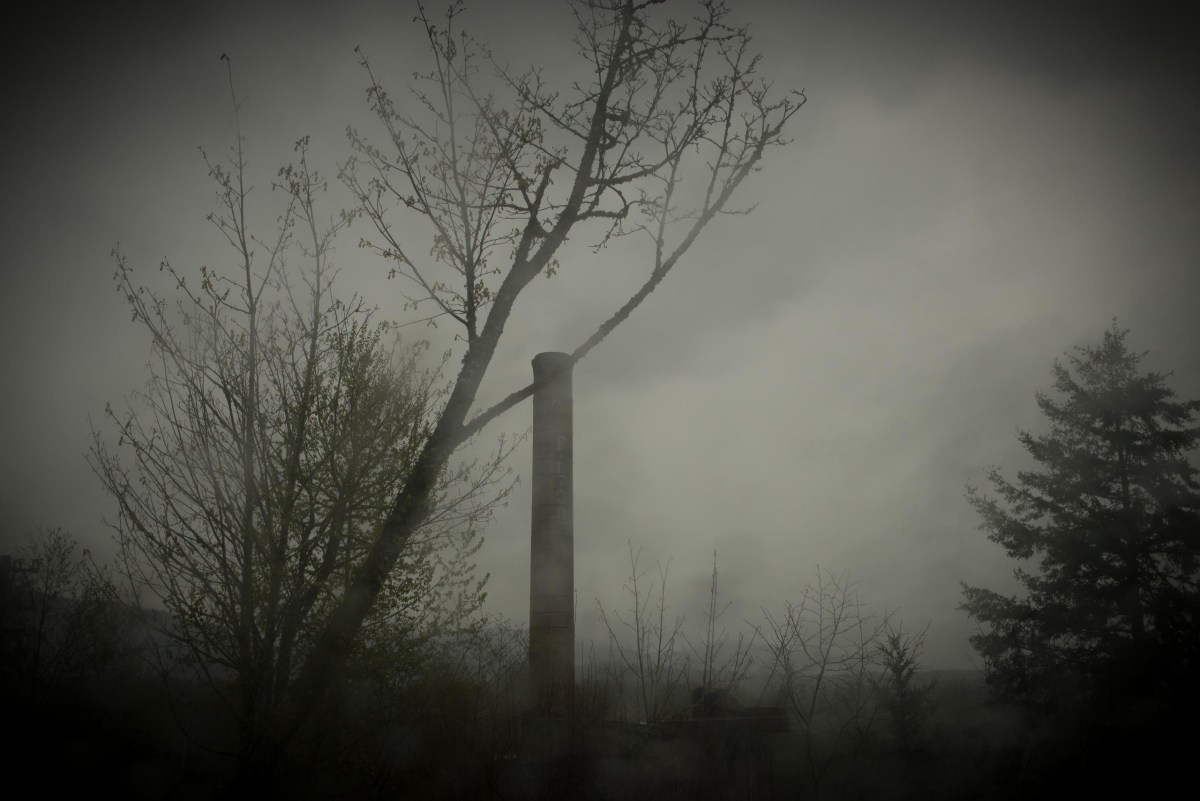
The Packard Sawmill location from the opening title sequence in Snoqualmie.
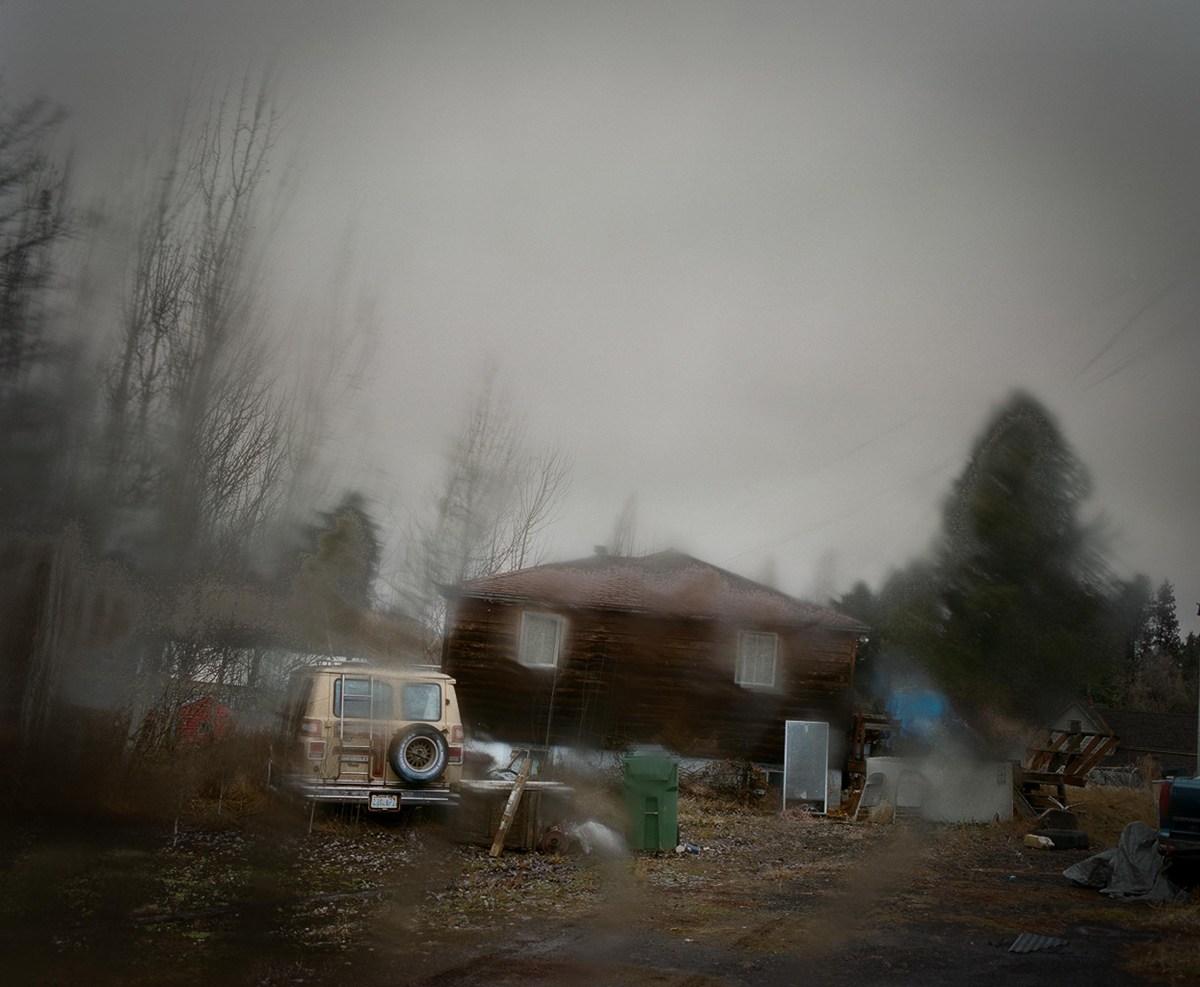
A home in Snoqualmie.
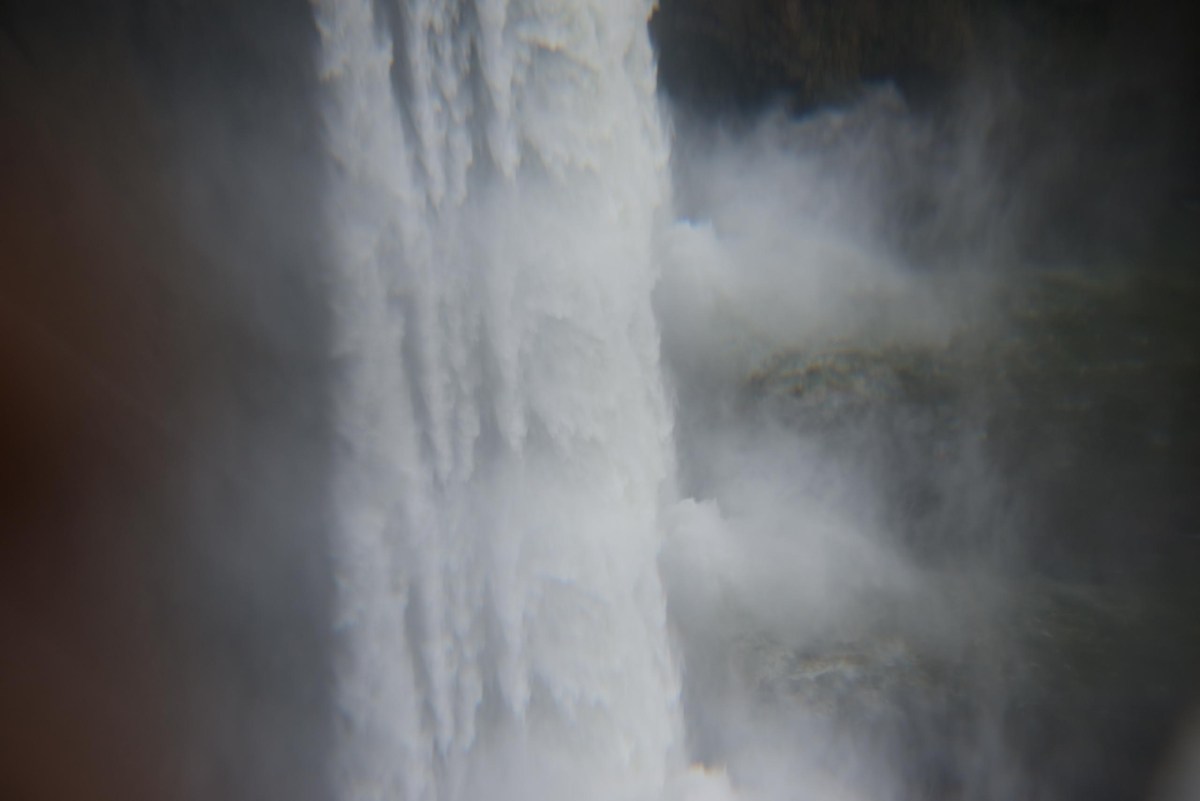
A detail of Snoqualmie Falls.
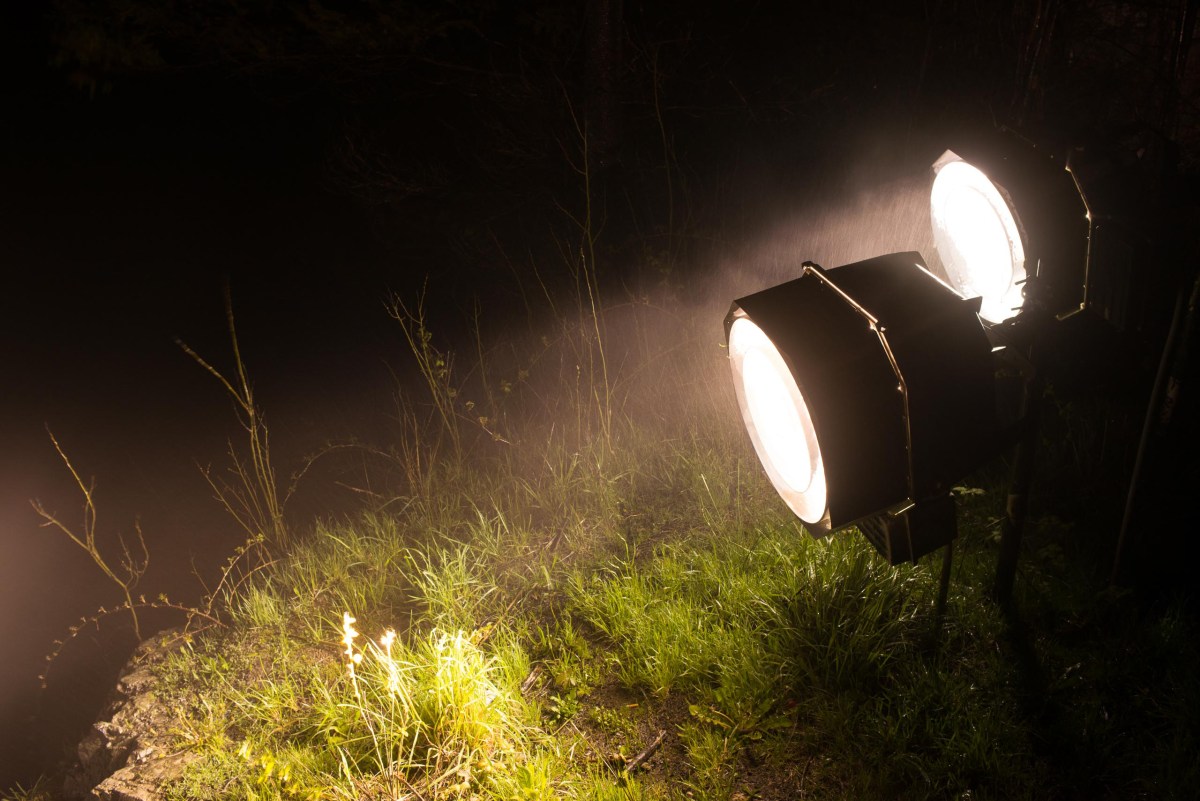
Spotlights illuminate the Snoqualmie Falls at night.
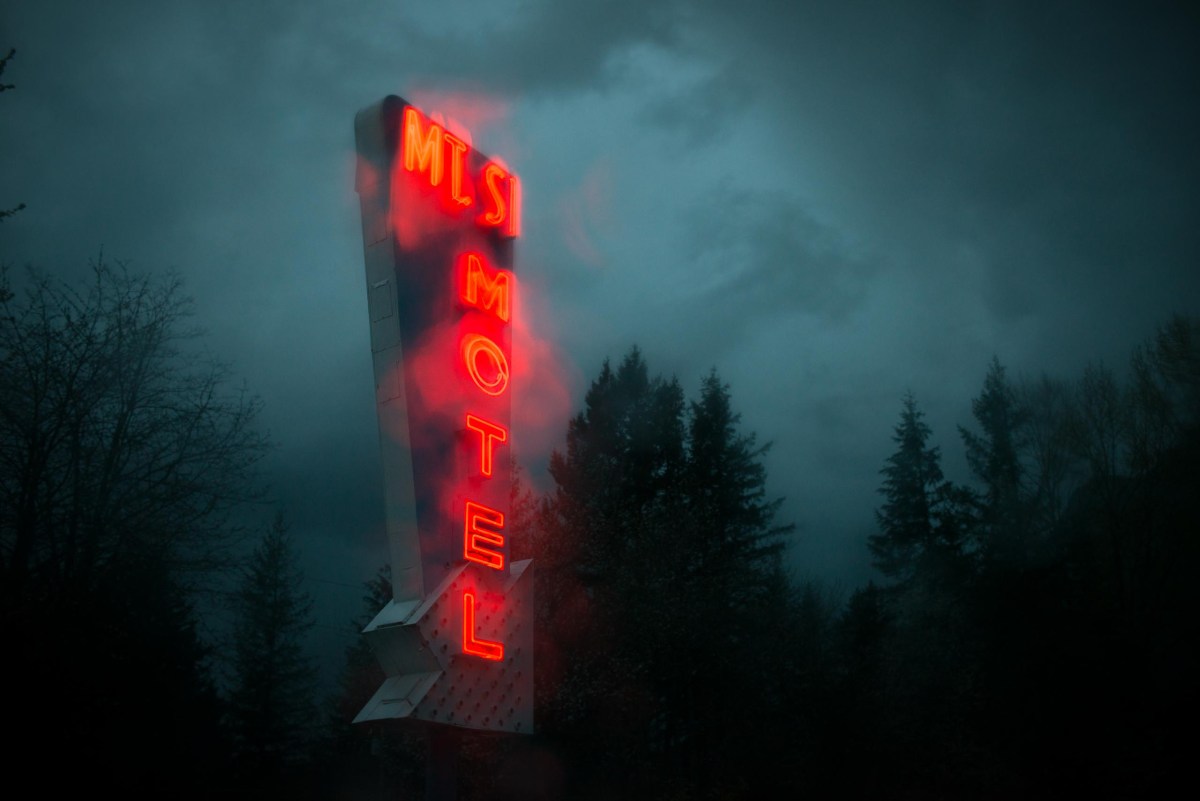
Outside the Mt. Si Motel in North Bend.
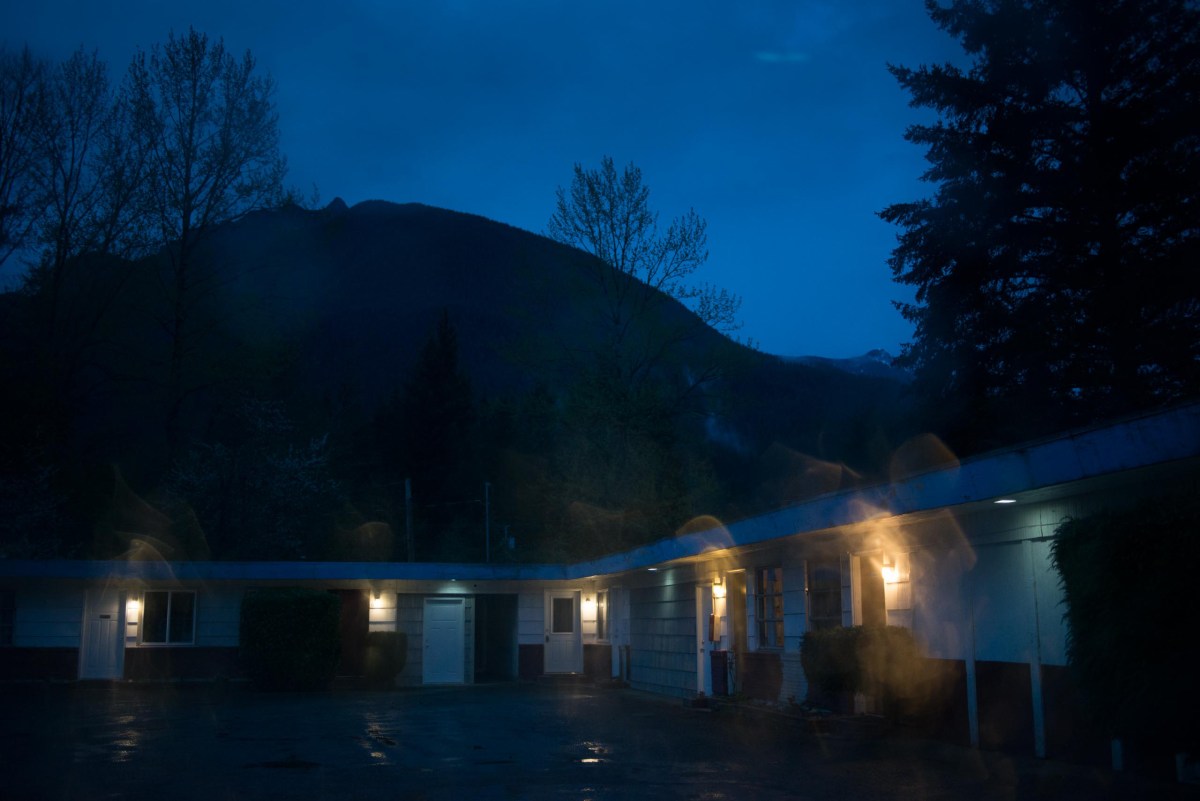
The Mt. Si Motel in North Bend was used as the Blue Diamond Motel in the David Lynch film “Fire Walk With Me.”

A room at the Mt. Si Motel.
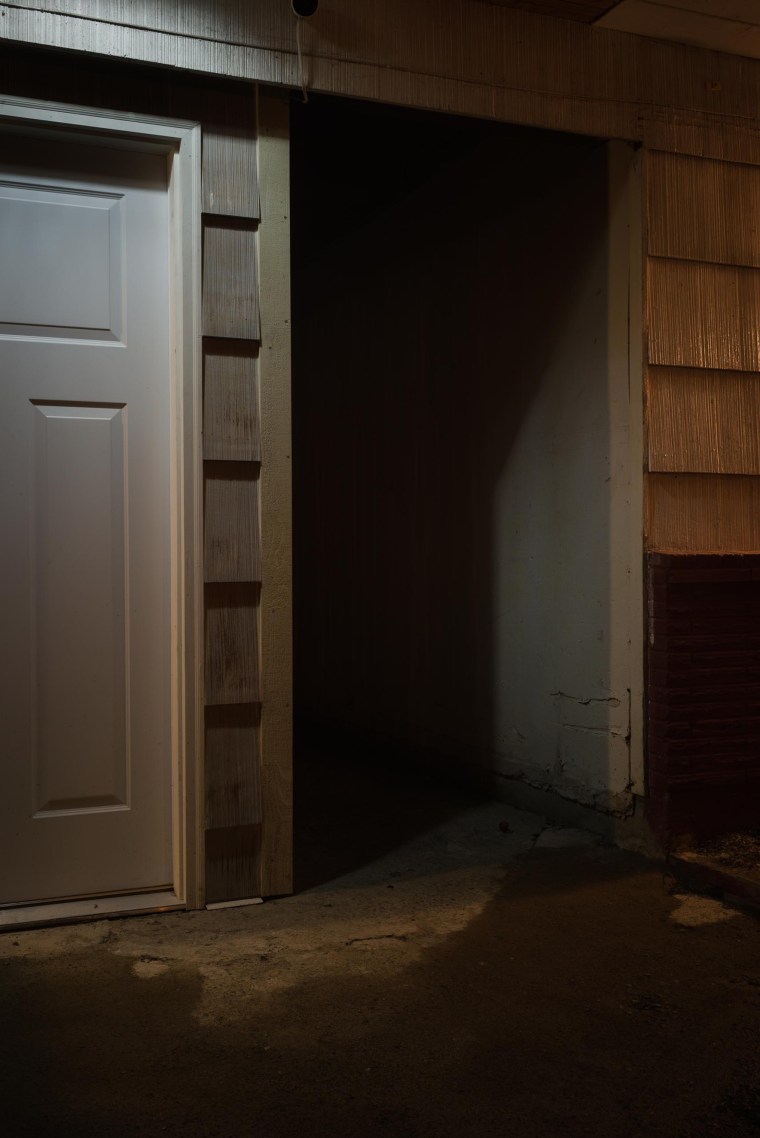
A doorway from the Mt. Si Motel, known as the Blue Diamond Motel in the David Lynch film “Fire Walk With Me.”
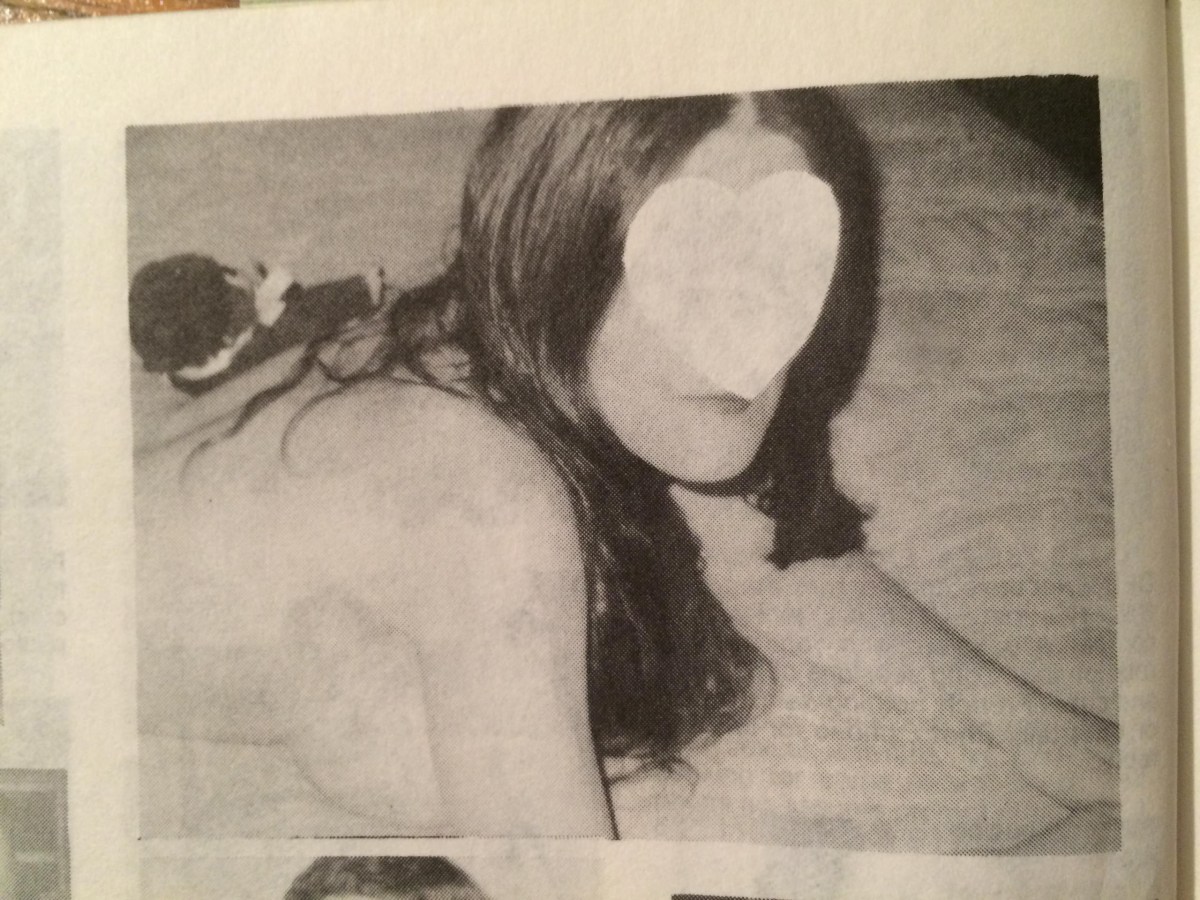
A found photograph from an adult magazine, similar to the one where Agent Dale Cooper finds a photo of Ronette Pulaski.
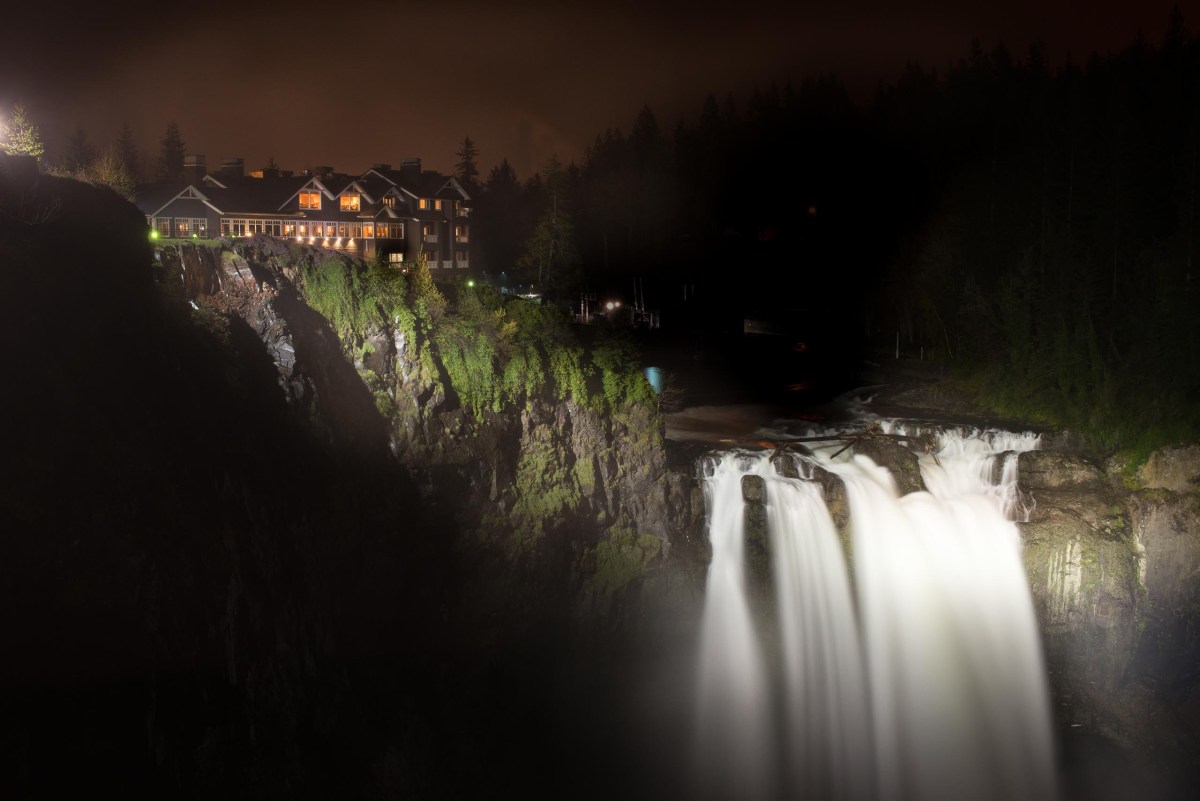
The Salish Lodge and Spa was used as the location for the Great Northern Hotel in the show’s pilot.
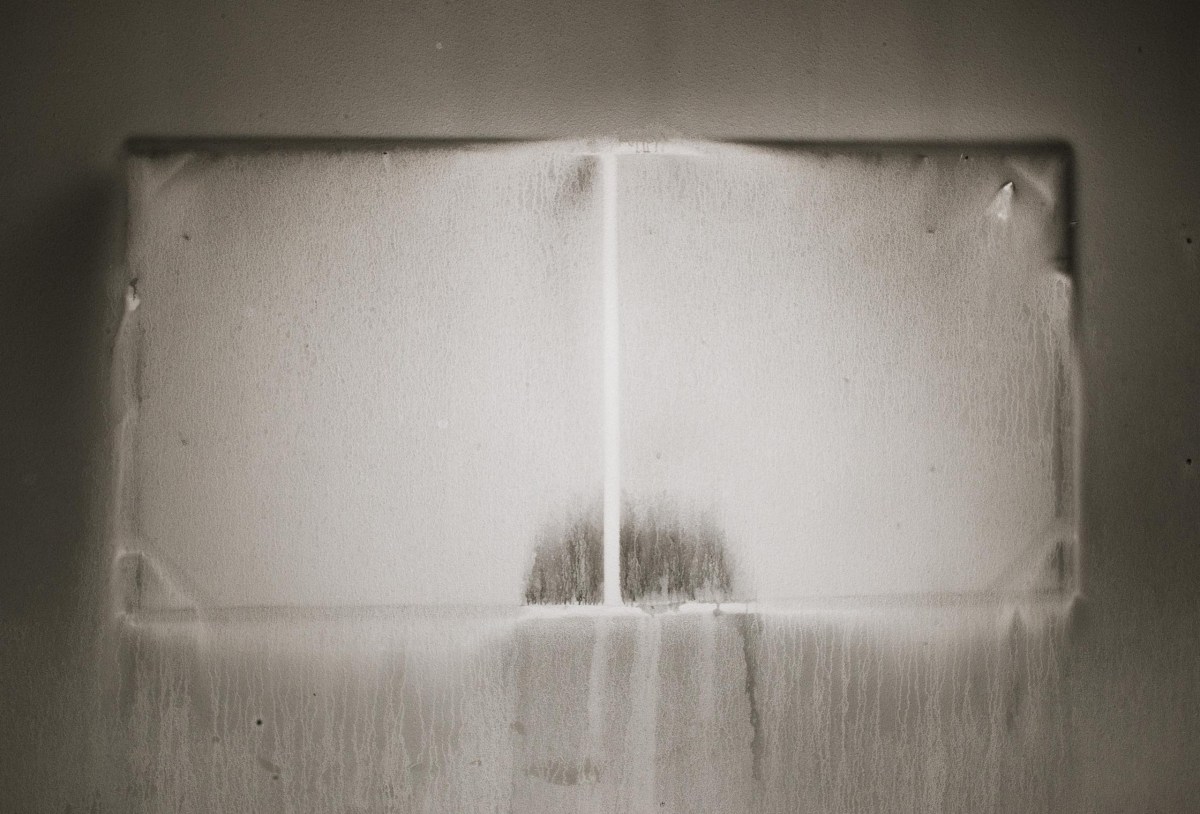
An interior from a burned house in Ellensburg.
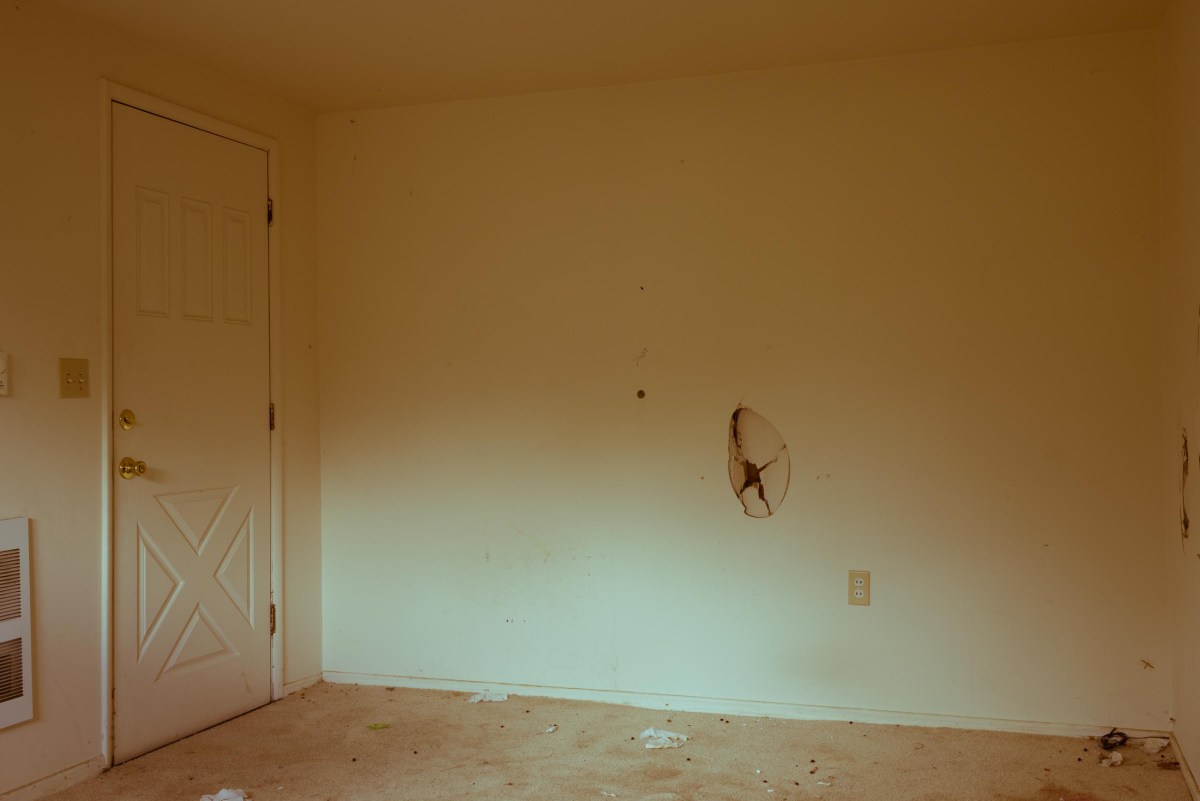
An interior from an abandoned house in Ellensburg.

A trailer in the woods in Snoqualmie.
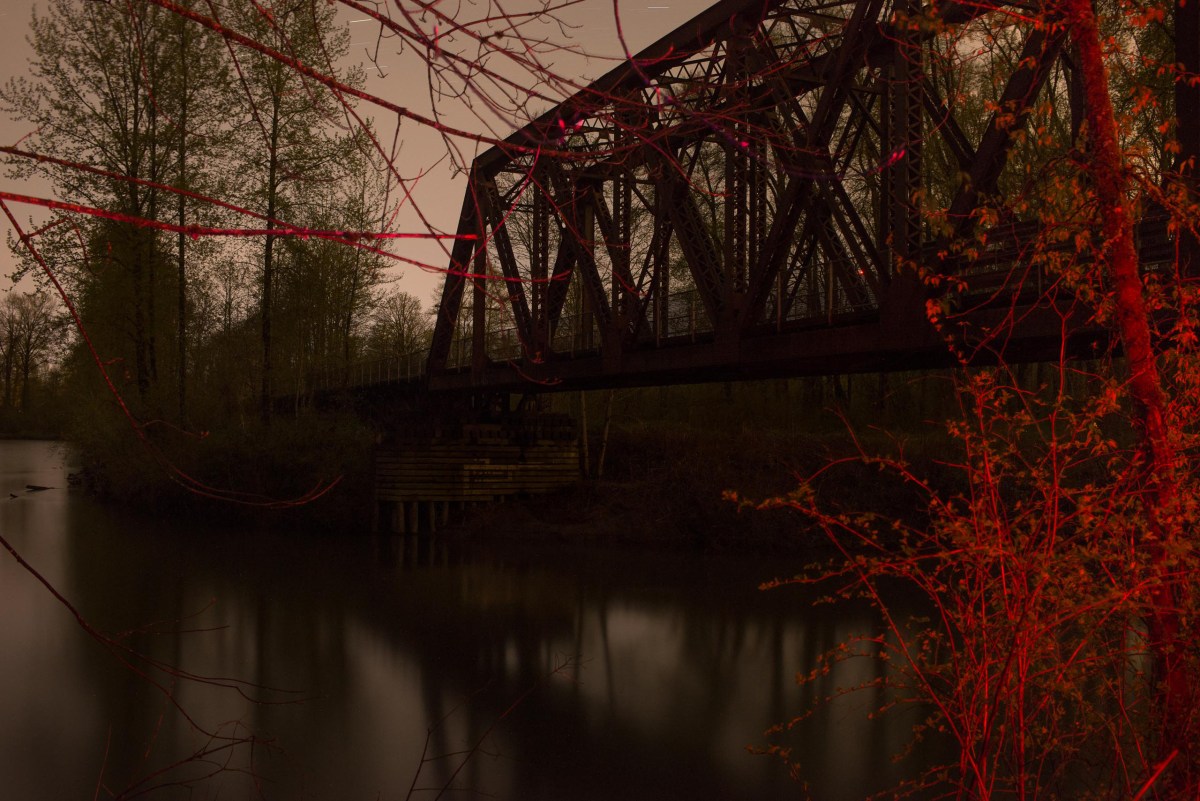
The Reinig Bridge in Snoqualmie is also known as “Ronette’s Bridge,” since the show filmed Ronette’s dramatic return.
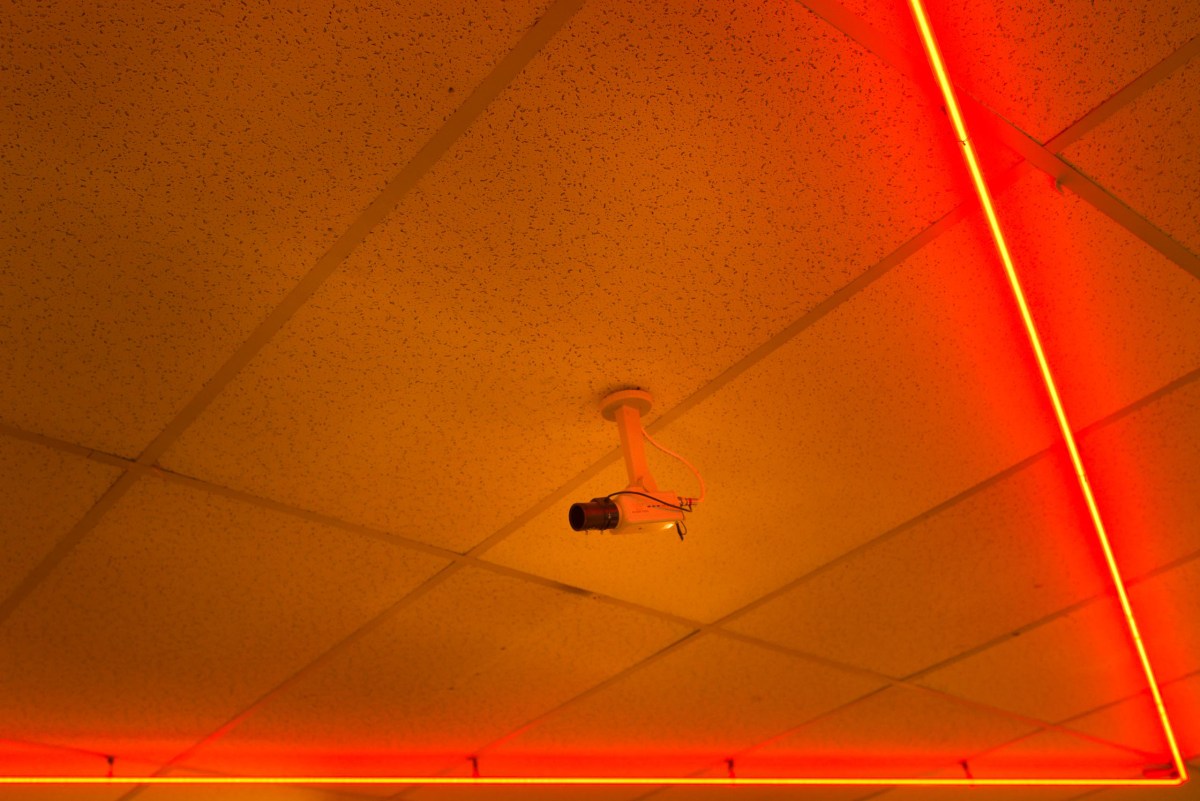
A neon light in Twede’s Cafe, originally named the Mar-T Cafe, in North Bend before a fire destroyed it in 2000. The location served as the Double R Diner on the show.
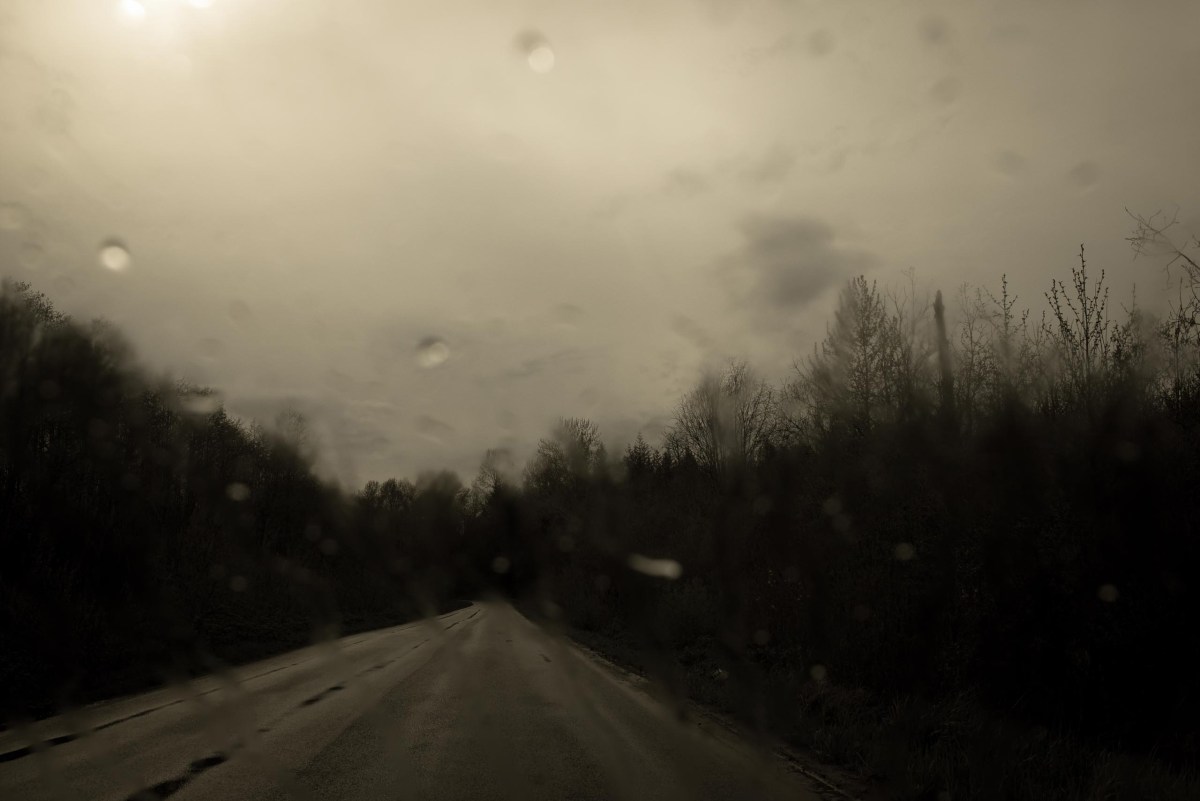
On the road that leads to the sawmill in Snoqualmie.
Todd Hido is an artist based in San Francisco. You can see more of his work here.
Paul Moakley is the Deputy Director of Photography at TIME and you can follow him on Twitter here.
